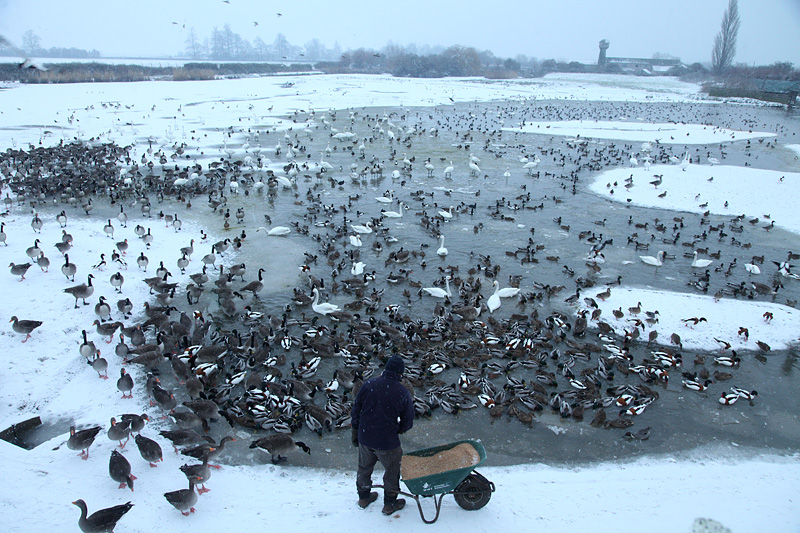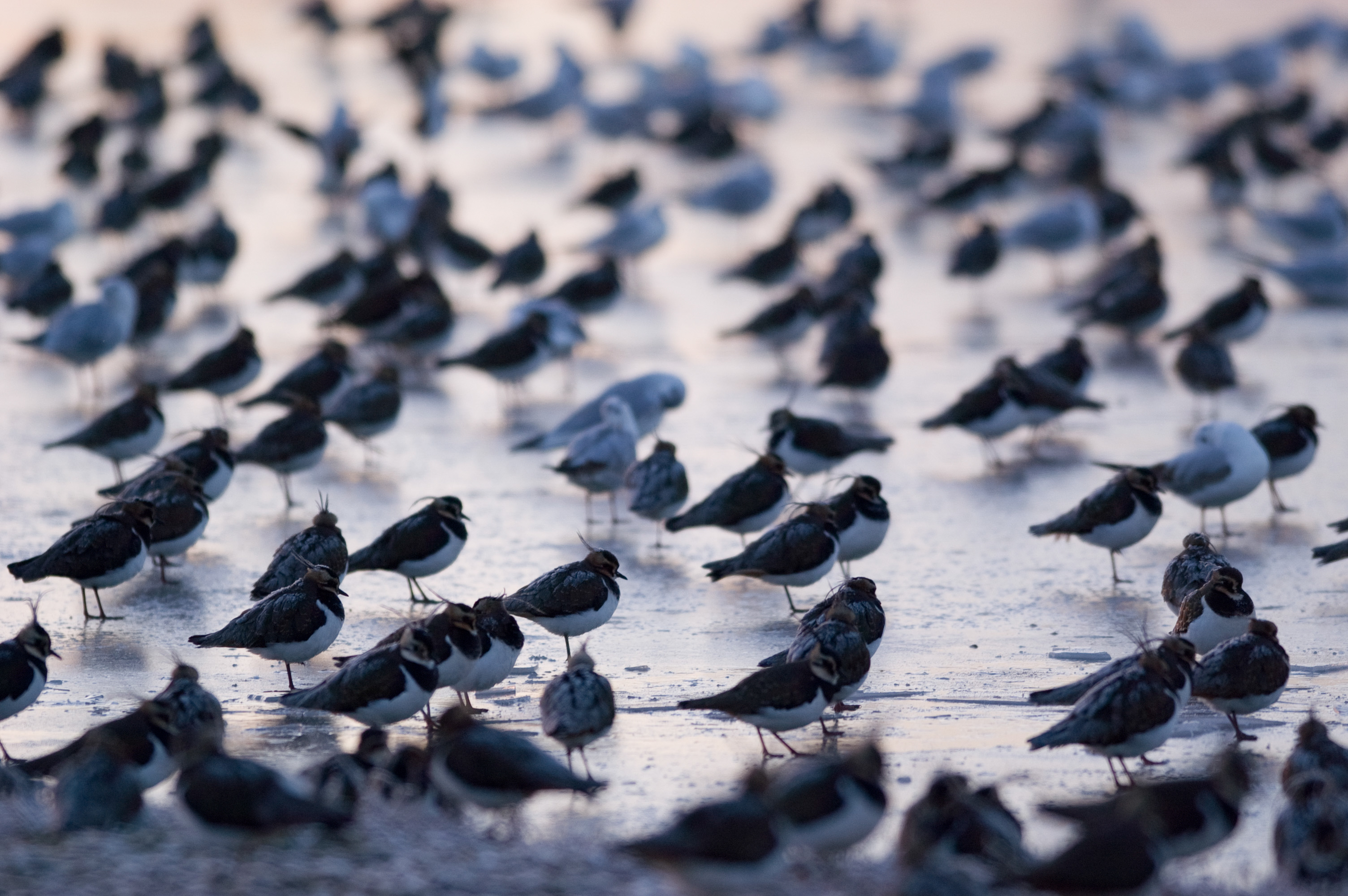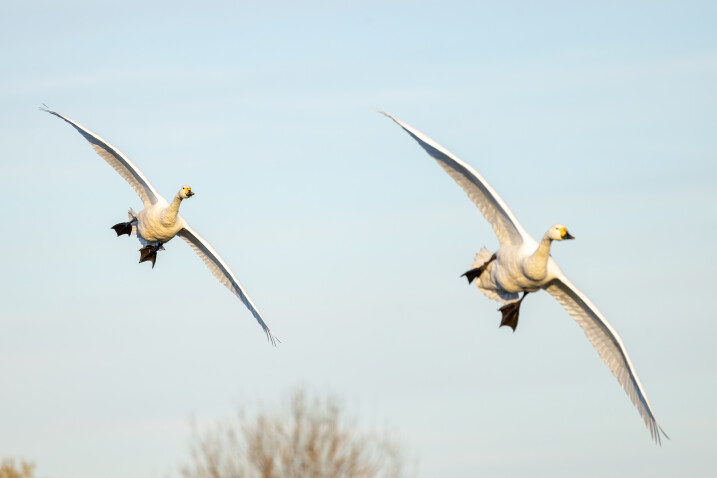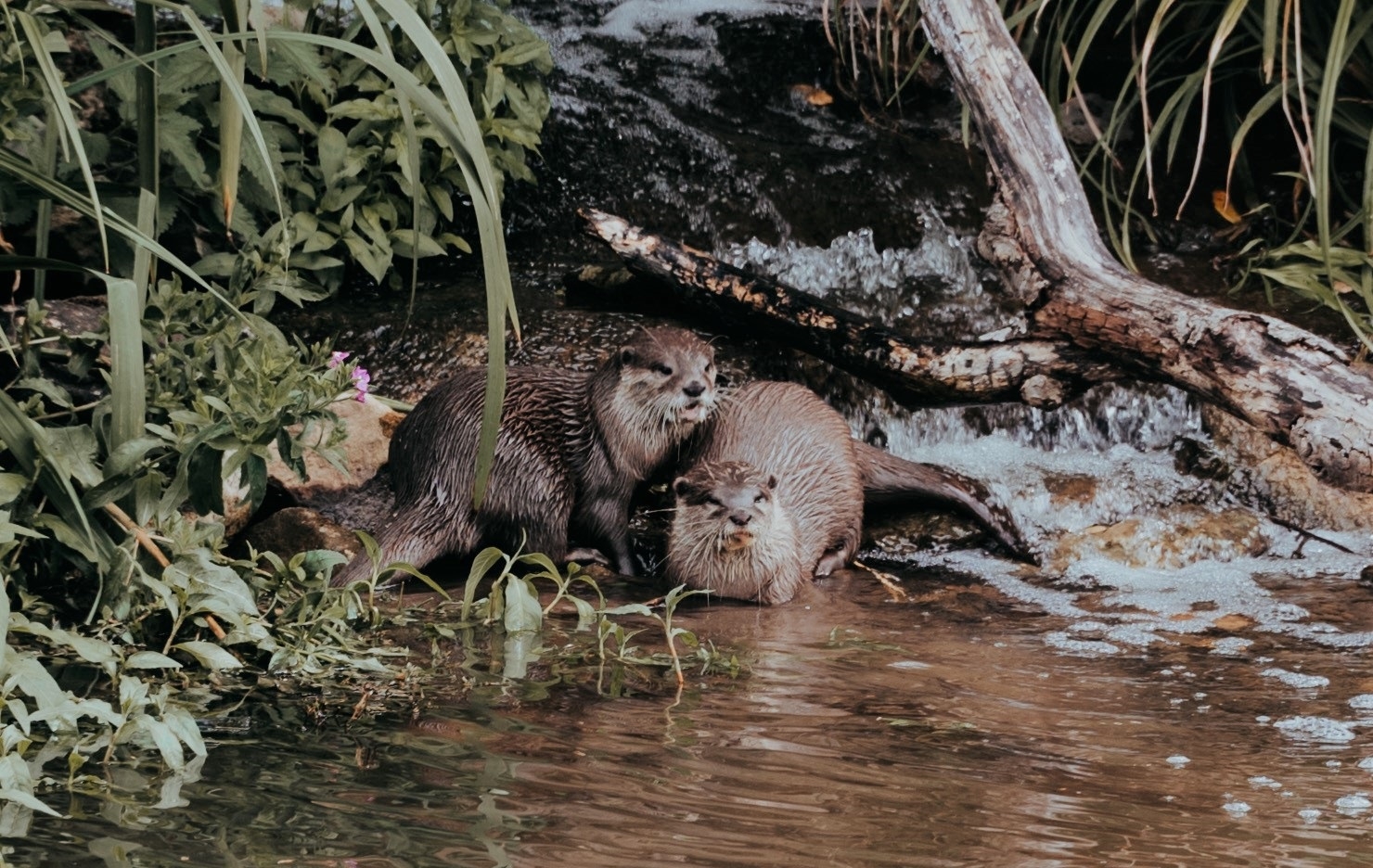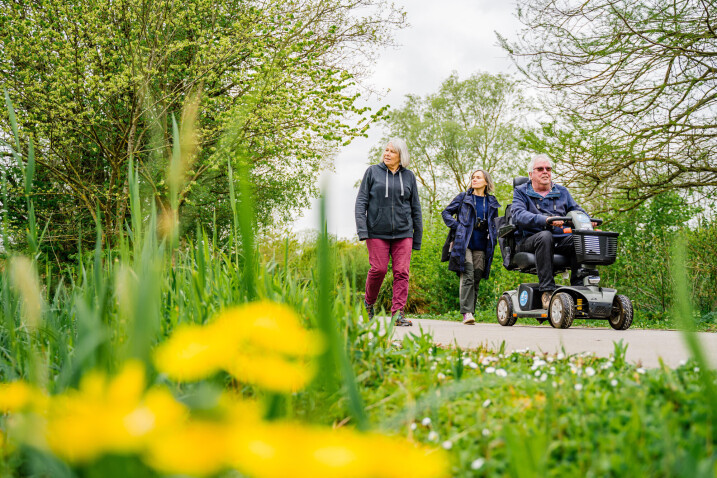Winter finally begins as WWT Slimbridge sees "swanfall"
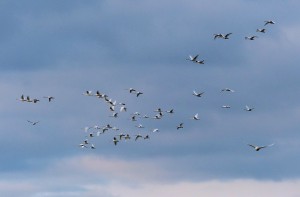
Wild Bewicks swans have been arriving in droves since Christmas at WWT Slimbridge Wetland Centre in Gloucestershire as cold weather has moved in from Eastern Europe.
81 swans have made the final leg of their annual migration from arctic Russia during the recent cold clear nights, doubling the size of the Slimbridge roost.
The arrival of lots of swans in this way – dubbed a ‘swanfall’ – generally coincides with the first cold snap of winter, as the birds seek ice-free wetlands to feed and roost.
The swanfall is a welcome surprise after mild weather allowed the birds to remain as far east as Estonia earlier this month.
WWT Wildlife Health Research Officer, Julia Newth, helps conserve the Bewick’s swans, which have been in decline since the 1990s. She said:
“The arrival of lots of Bewick’s swans is a traditional harbinger of cold weather and it feels truly wintry here at WWT Slimbridge with crisp, clear days and hundreds of swans crowding onto the lake at dusk. It’s been a fantastic spectacle for everyone who’s visited over the Christmas break.
“Sadly, there’s a serious side and the number of Bewick’s swans in Europe has dropped by over a third, but we’re doing all we can to get to the bottom of the problem and everyone who visits is supporting the conservation of these beautiful wild birds.”
The Slimbridge Bewick’s swans are the subject of one of the most intensive wildlife studies in the world. Julia is the latest in a line of researchers who can identify each individual swan by the unique pattern of yellow and black on its beak. The study has been running continuously for 50 years and recorded the life histories of nearly 10,000 swans during that time.
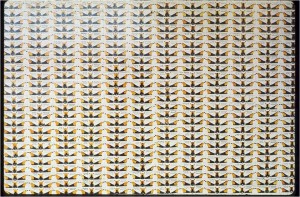
WWT has expanded its swan research over the decades and linked up with researchers throughout the migratory swans’ range in northern Europe and Russia. Together they have managed to get international protection for a chain of wetlands along the way that are vital for the swans to feed and rest.
Despite protection for their wetland habitats, the swan population has gone into decline. WWT is currently raising money through its Hope for Swans appeal in order to deliver the Bewick’s Swan International Action Plan, which aims to stabilise the population.
For information on swans and where to see them, or to read Julia’s blog about the Slimbridge swans and her research, visit http://www.wwt.org.uk/swans.
